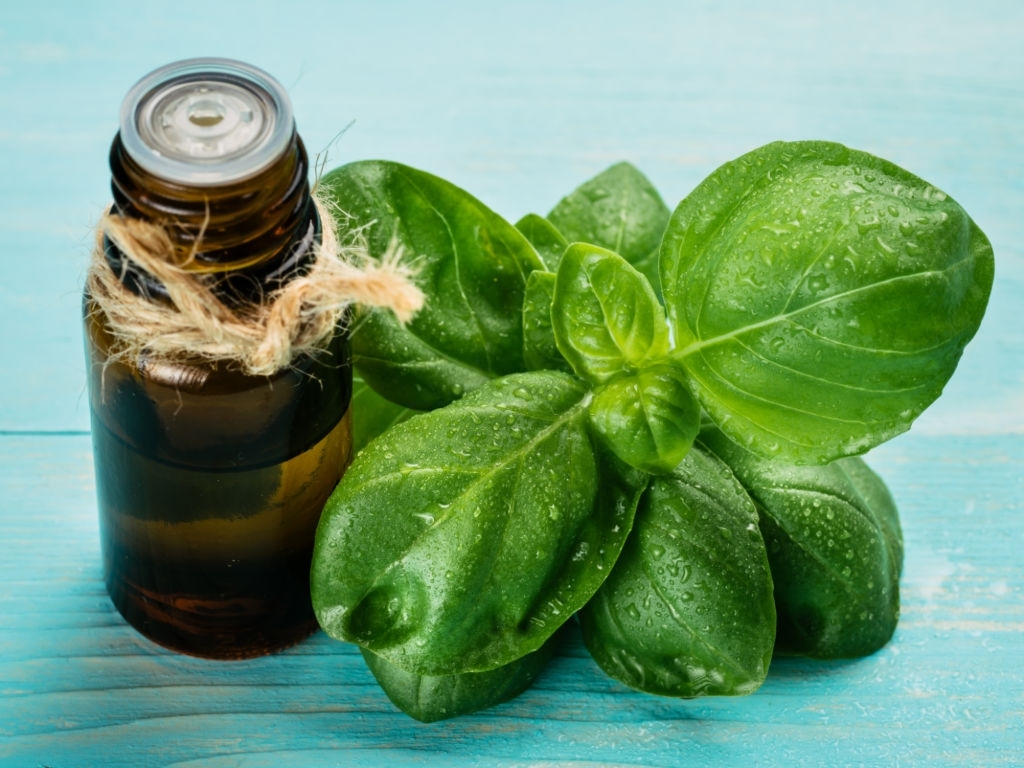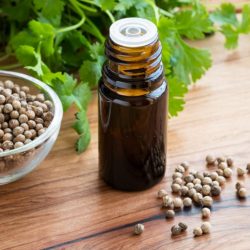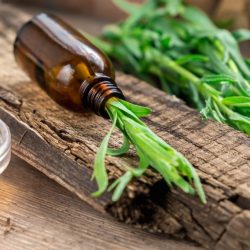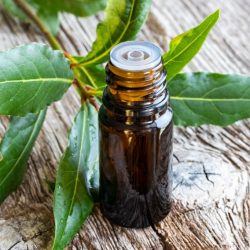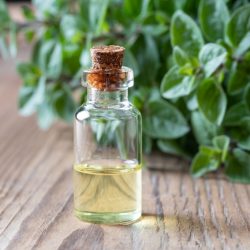Also called “royal herb”, basil is known for its many medicinal properties . Before landing in the crucible of old-time stills, basil has come a long way. The adjective “tropical”, moreover, is there to remind us of its origin, because in fact, tropical basil does indeed originate from the Indian subcontinent .
A little history
More than 4000 years ago, the basil left India to propagate in Asia and until Egypt (the basil was used among other things for funeral rites, among the Egyptians in particular). From there it went up to Rome and consequently spread to all of southern Europe. It did not reach England until the 16th century and reached America a century later with the first emigrants. Its name comes from the Greek ” basileus “, which means king. Many ancient peoples made it a sacred plant , such as the Romans or the Gauls who said it was capable of healing wounds and blows . They picked basil in summer, in full bloom, during ceremonies.
In Greece, after having been probably brought back there by Alexander the Great in the 4th century BC, the cultivation of basil immediately took hold, and would closely follow this movement in imperial Rome. This explains why we can discover basil in old medical and agronomic treatises from Greco-Roman Antiquity. Central Europe will have to wait until the 12th century to see its establishment.
We know that this plant was part of the herb garden of Hildegarde de Bingen in the 12th century. She made a febrifuge wine from it and included it in her recipe for Hilaire the Egyptian ointment, an analgesic ointment used in cases of paralysis and speech difficulties, among others. Platearius , of the Salerno school, indicated in the same century the emmenagogic virtues of basil, followed closely by Bernard de Gordon who pointed out its presence at the Montpellier medical school in the 13th century, using it in the face of mania. and melancholy .
It was not until the beginning of the 16th century that we finally spoke of the essence of basil , in particular in the Treatise on Distillation (1506) by Hieronymus Brunschwig .
What are the pharmacological properties of the essential oil of aerial parts of tropical basil?
Antispasmodic property:
The linalol opposes the release of acetylcholine and reduces muscle contractions . In addition, it interferes with the calcium channels at the level of the neuromuscular junction and reduces the contraction of the striated muscles and induces a local anesthetic action . The essential oil of exotic basil is in fact a powerful musculotropic antispasmodic and proves to be 3 times more powerful than Spasfon . Active on the autonomic nervous system (pƩ-), it is also an intestinal spasmolytic .
Analgesic and anti-inflammatory property:
The linalool binds to opioid receptors, and has an analgesic action of opioid-like. It reduces edema caused by carrageenan demonstrating anti-inflammatory action . Its anti-inflammatory activity has been demonstrated in rheumatoid arthritis and arthritis but not in osteoarthritis .
Antimicrobial and antiparasitic property:
The antibacterial action is demonstrated in vitro against Campylobacter jejuni , Escherichia coli , Listeria monocytogenes , Staphylococcus aureus and on Pseudomonas sp. It is also active on Giardia lamblia , Leishmania amazonensis and lice.
Insecticide , methylchavicol is toxic to insect pests such as Lasioderma serricorne (tobacco rillette), Oryzaephilus surinamensis (silvain or serrated cucujide), Ephestia kuehniella , Plodia interpunctella , Tribolium castaneum , and others.
Tropical basil is also antifungal against candida albicans .
Property on the central nervous system:
The linalool has a complex action; stimulating by promoting learning and memorization thanks to its action on nicotinic receptors; sedative by reducing motor activity and potentiating sleep ; anticonvulsant by decreasing the release of glutamate, a mediator stimulating the brain; it acts on NDMA, the glutamate receptor by reducing nerve transmission, thus inducing an antiepileptic effect .
Antistress, the essential oil of tropical basil is also nervous rebalancing, calming for hypertonic and tonic for asthenics. However, it can be astounding, positive and neuroregulatory of the vegetative system. In particular, it is given a certain effectiveness on memory loss linked to fatigue .
In summary, it is invigorating and neurotonic (unlike soothing esters) at low doses, the effect being reversed for higher doses.
Other properties:
- Hepatic (cholagogue and hepatic decongestant)
- Antiallergic (regardless of the local expression of the type of allergy)
- Antiviral (viral hepatitis)
- Anthelmintic
- Normalizes the intestinal flora
- Digestive and hepatobiliary tonic
Does tropical basil essential oil require any precautions for use?
- Possible skin irritation, at high concentration: remember that methyl chavicol is derived from a phenol (dilute in 50% vegetable oil)
- Contraindicated in pregnant or breastfeeding women
- Reserved for adults
- Do not diffuse, inhale, or put in the bath
- Do not swallow
- Cutaneous use only recommended
- Harmful if swallowed, acute toxicity, oral
- Can cause cutaneous allergy
Medical bibliographic sources and clinical trials :
- Rabbani, M., Sajjadi, SE, & Vaezi, A. (2015). Evaluation of anxiolytic and sedative effect of essential oil and hydroalcoholic extract of Ocimum basilicum L. and chemical composition of its essential oil
- Seung-Joo Lee, Katumi Umano, Takayuki Shibamoto, Kwang-Geun Lee. Identification of volatile components in basil (Ocimum basilicum L.) and thyme leaves (Thymus vulgaris L.) and their antioxidant properties, 2005
- Pascal Fandohan, Joachim D. Gbenou, Benoit Gnonlonfin, Kerstin Hell, Walter FO Marasas, Michael J. Wingfield. Effect of Essential Oils on the Growth of Fusarium verticillioides and Fumonisin Contamination in Corn. J. Agric. Food Chem., 2004
- Wan J, Wilcock A, Coventry MJ. The effect of essential oils of basil on the growth of Aeromonas hydrophila and Pseudomonas fluorescens. J Appl Microbiol, 1998

